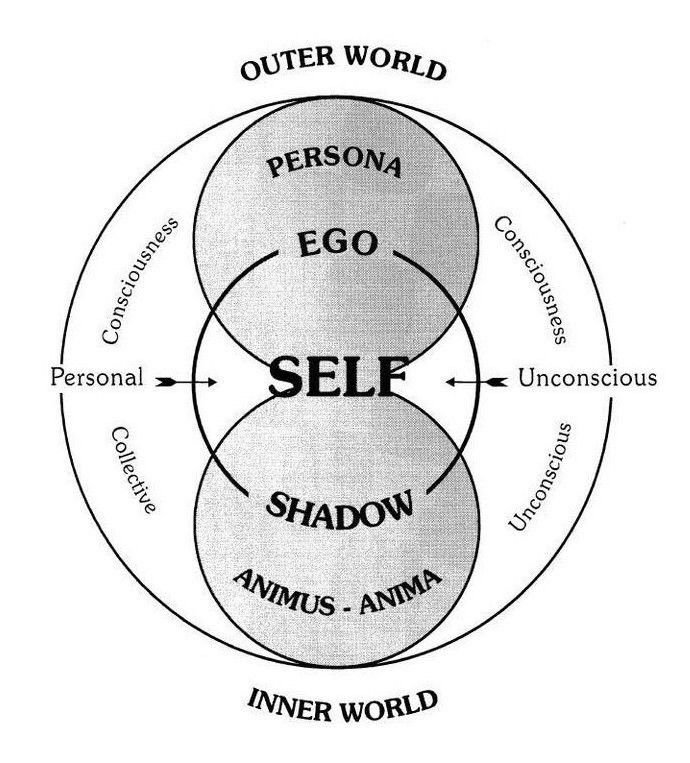The subtle language of symbolism
- aalternativeperspe
- May 26, 2024
- 3 min read
Updated: Feb 20

Symbols are a mark or a character used as a representation of an object, function or process.
Often symbols have far deeper meaning and wisdom than we can connect to immediately and we can keep returning to the same symbol again and again each time with deeper truths.
How is it that a simple image is able to carry so much meaning which we can all connect to as individuals on different levels?

There are multiple cases of the same symbols showing up across the world in the ancient times when they had no communication with the same or very similar meanings but how is this possible?
Jung believed that certain symbols are found in the collective unconscious. The collective unconscious refers to a field of information accessible by all in the unconscious mind.

The language of the unconscious comes through symbols and the means of communication comes through deep meditative or introspection practices and dreams as these are the places that we come closest in communication to our unconscious mind.
Symbols are objects of the known world hinting at something unknown: it is the known expressing the life and sense of the inexpressible, symbols have an indescribable quality, they hit a resonance in our mind in a way that words can't quite reach. An indescribable resonance that comes before words.
To show that symbol comes before language, the “kiki” and “bouba” effect was demonstrated when kids as young as two and a half identified this rounder symbol as “bouba” and the spiky symbol as “kiki”. Seemingly meaningless shapes, seemingly meaningless words and yet there is a intuitive resonance. An indescribable feeling that ties these images together. Some researchers think that the bouba/kiki effect can actually explain how language evolves.

The deeper we go into our minds the more intuitive our truths become to seek out are, there is only so far before we hit a brick wall of symbols to our understanding. Due to vast amounts of complex data encountered in daily life, human understanding must create a method of simplifying the concepts. The limitations of the unconscious forces certain concepts of our daily life to become subliminal and develop part of the unconscious psyche.

This is why religion is so fundamentally about the interpretation of symbols.
These symbols found in the collective unconscious can also be compared to the very personal symbolism that we experience in dreams. Dreams are the symbols that come before our understanding. This is also why intuitive phenomena is also so common in dreams too. Using the symbolic images in dreams, Jung found that the unconscious was conveying crucial information to help the entire psyche reach a balance which the conscious attitude has repressed.
Dreams are the essential message carriers from the instinctive to the rational parts of the human mind which is why dreams are such a valuable introspection tool.

In many ancient cultures and spiritual philosophies people would meditate or pray on certain symbols to connect to deeper truths or to hone into their power. Something indescribable to connect internally. This is also goes into the theory of sacred geometry being used in meditation practices. Certain geometric symbols in particular convey depths of meaning and are useful to focus on to unlock different truths. "Geometry is the art of always true" -Socrates
One of the most commonly shared symbols across cultures with the same shared meaning is the flower of life symbol representing God by some and the connection of all by others. How phenomenal that not only this symbol has been found all across the world but it also is in context to religious and spiritual beliefs, to add to that it holds shared meaning and this case stands with other various symbols too.

So perhaps symbols are more than pretty patterns, rather keys to knowledge that lies beyond our comprehension.
Blogs related to this topic:
The intuitive nature of language
An introduction to sacred geometry
The significance of sacred geometry in egypt
Decoding ancient symbolism using cymatics

Comments